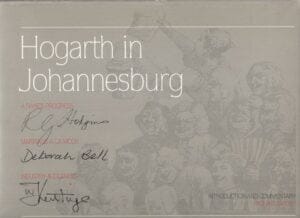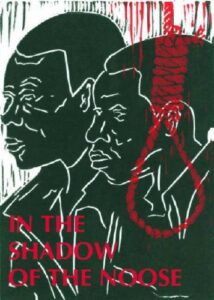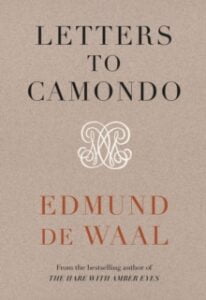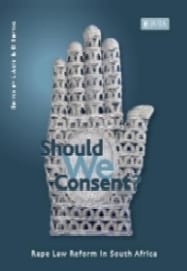Hector
R175On June 16, 1976, Hector Pieterson, an ordinary boy, lost his life after getting caught up in what was supposed to be a peaceful protest.
Showing 17–32 of 67 results
 Out of stock
Out of stock
On June 16, 1976, Hector Pieterson, an ordinary boy, lost his life after getting caught up in what was supposed to be a peaceful protest.
 Out of stock
Out of stockIn this remarkable book of discovery, art historian Ruth Butler coaxes three shadowy women out of obscurity and introduces them for the first time as individuals. Through unprecedented research, Butler has been able to create portraits of Hortense Fiquet, Camille Doncieux, and Rose Beuret—the models, and later the wives, respectively, of Cézanne, Monet, and Rodin, three of the most famous French artists of their generation

Exhibition catalogue of a selection of old maps, photographs, postcards and posters, etc published for the exhibition of the same title, showing Table Mountain as a cultural symbol.

Hogarth in Johannesburg is the timely product of several paths crossing. As the model of Hogarth suggests, some of these paths involve the tradition of art history and the position of the three Johannesburg artists within it.

The book “In the Shadow of the Noose” traces the legal case brought by DITSHWANELO – The Botswana Centre for Human Rights, on behalf of two Basarwa/San men. Convicted of murder and sentenced to death in 1997, they successfully challenged their death sentences. Their convictions and sentences were set aside in 1999. After being re-charged…

We need this book. Of course Africa needs it as well, because no other huge area of the planet is treated as such a singular region, and that has to change. But the rest of the planet needs It’s a Continent because we miss out by not recognizing the individual majesty, the complexity, the beauty, the culture and the stories of the dozens of African countries.

‘Letters to Camondo immerses you in another age… de Waal creates a dazzling picture of what it means to live graciously. Subtle and thoughtful and nuanced and quiet. It is demanding but rewarding.

In Losing The Plot, well-known scholar and writer Leon de Kock offers a lively and wide-ranging analysis of postapartheid South African writing which, he contends, has morphed into a far more flexible and multifaceted entity than its predecessor. If postapartheid literature’s founding moment was the ‘transition’ to democracy, writing over the ensuing years has viewed the Mandelan project with increasing doubt. Instead, authors from all quarters are seen to be reporting, in different ways and from divergent points of view, on what is perceived to be a pathological public sphere in which the plot- the mapping and making of social betterment – appears to have been lost.

Nelson Mandela is one of the most inspiring and iconic figures of our age. Now, after a lifetime of taking pen to paper to record thoughts and events, hardships and victories, he has opened his personal archive, which offers an unprecedented insight into his remarkable life.

Based on historical fact, it tells the poignant story of a little girl and her Ouma who experience removal from their suburb when it is proclaimed ‘white’ under apartheid’s Group Areas Act.

For the past decade, in an ongoing project titled The Lost Men, renowned artist Paul Emmanuel has challenged conventions around war memorials. He has questioned which soldiers are memorialised and which are erased, and the stereotypes around soldiers and masculinity. Featuring artworks from his three iterations of The Lost Men, Paul Emmanuel Men and Monuments highlights vulnerability, an aspect of masculinity so often denied by history and society.

UNISA Series of essays dealing with issues in English Studies in Southern Africa.

This unique text charts the critical social and legal debates and jurisprudential developments that took place during the rape law reform process from a comparative and international context. It also provides important insights into the engagement of civil society with law reform and includes thoughtful and contemporary discussions on the topics. It highlights the significance of rape law reform inclusion or exclusion at various stages in the process and discusses the strategic decisions made by gender activists and the context in which these decisions were made. The book also emphasises potential implementation challenges and considers how these might be addressed in terms of law and policy.

Aarathi Prasad’s Silk is a gorgeous new history weaving together the story of a unique material that has fascinated the world for millennia.
 Out of stock
Out of stockNo products in the basket.